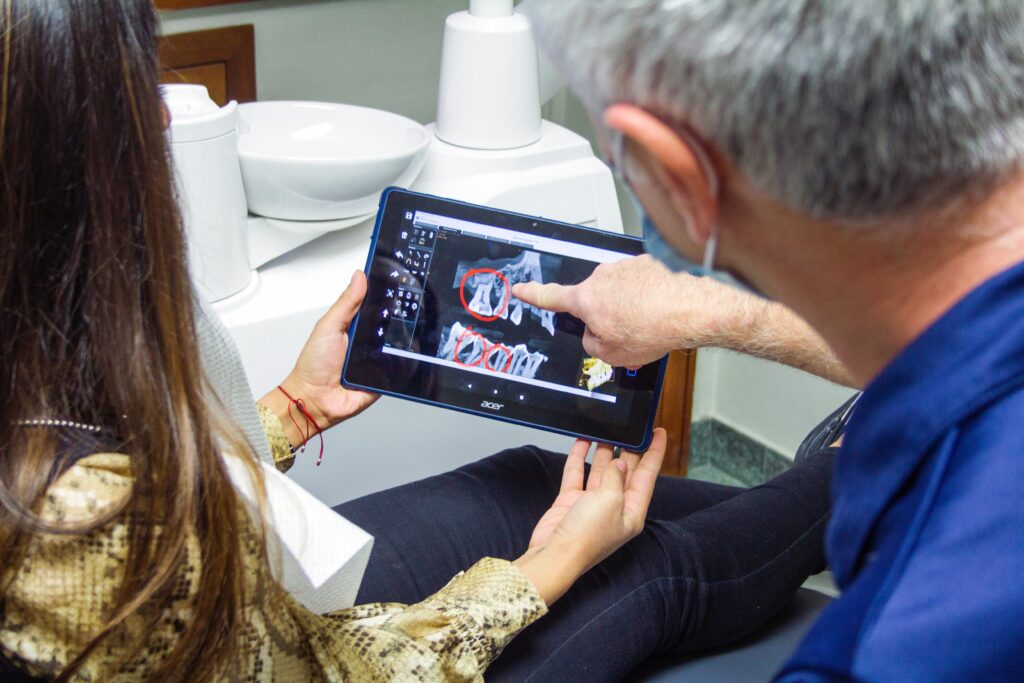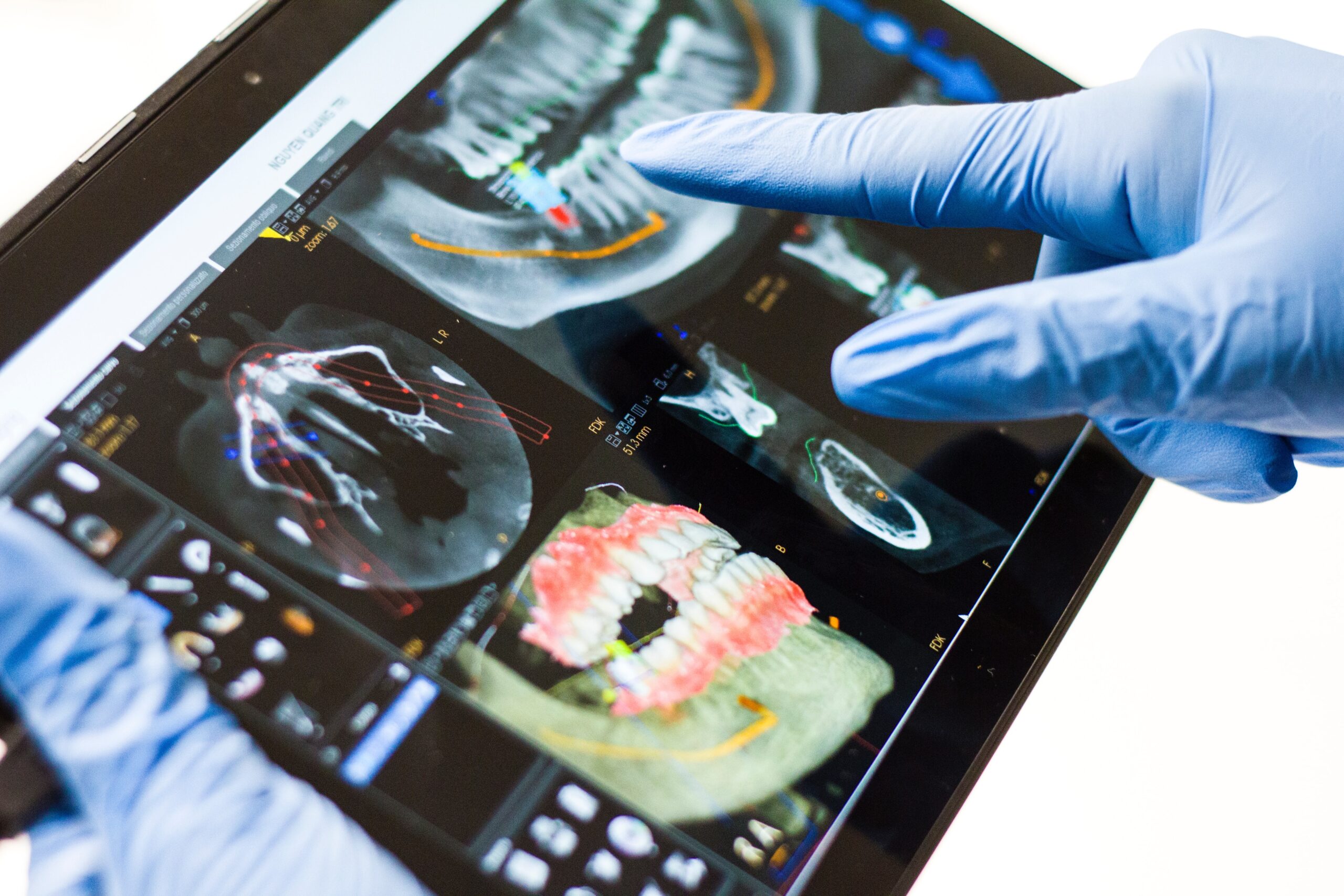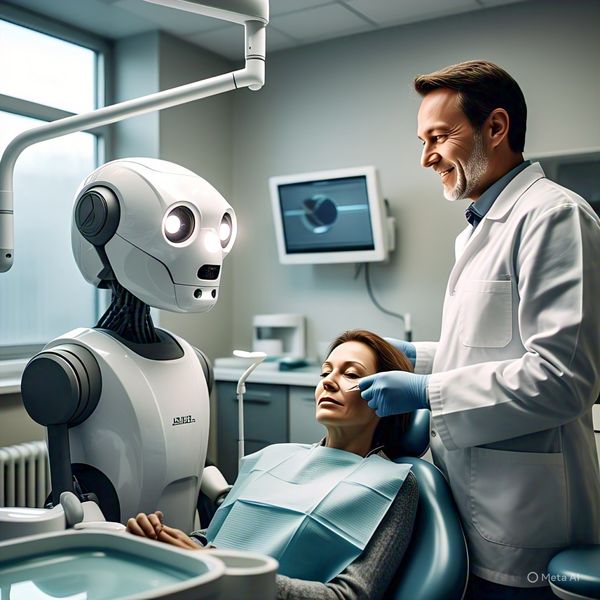Abstract: The distinction between informatics and information technology (IT) is often misunderstood, with the two terms used interchangeably in both academic and professional settings. However, informatics is a broader discipline that encompasses the theoretical and practical foundations of data, information, and knowledge management, while IT focuses primarily on the tools and infrastructure used to process and communicate information. This article clarifies the scientific principles, scope, and methodologies of both fields, discusses their areas of overlap, and highlights why IT should be understood as a subset of informatics. Furthermore, the article explores common misconceptions, the hierarchical structure of informatics, and enumerates its subfields, setting the stage for understanding its applications in health and dental domains.

Introduction Informatics and information technology (IT) are foundational to modern data-driven systems, yet the conflation of these terms leads to conceptual ambiguity. Informatics, rooted in interdisciplinary science, is concerned with the systematic management and use of information, while IT deals with the practical implementation of systems and devices used to store, retrieve, and transmit information (Shortliffe & Cimino, 2014). Recognizing the distinction is essential for effective research, education, and system design across fields such as healthcare, business, and engineering.
Scientific Foundations and Principles Informatics is grounded in information science, computer science, systems theory, cognitive science, and domain-specific knowledge. It focuses on the lifecycle of information: how it is collected, structured, stored, retrieved, analyzed, and applied. Central to informatics is the concept of transforming data into actionable knowledge within a given context (Hersh, 2002).
On the other hand, IT is primarily rooted in computer science and engineering. It encompasses hardware, software, networking, databases, and system architecture—technological components that support data processing. IT facilitates informatics activities but does not inherently address the interpretive and contextual use of information.
Scope and Focus of Each Discipline The scope of informatics extends beyond technological solutions to include human-computer interaction, workflow integration, semantic interoperability, data standards, and knowledge representation. It is both a theoretical and applied science, aiming to enhance information utility across disciplines.
IT is more constrained in scope, focusing on building and maintaining systems. IT professionals implement and manage infrastructure that enables data transmission, access, and storage but often do so without engaging in the interpretation or contextual adaptation of information processes.
Informatics as an Umbrella Discipline Technically, IT falls under the broader umbrella of informatics. Informatics encompasses both the theoretical underpinnings and practical implementations of information systems, and IT is a toolkit within that framework (Shortliffe & Cimino, 2014). Each field adapts informatics methodologies to address domain-specific problems, employing IT as a means to operationalize solutions.
For instance, in health informatics, the emphasis lies in developing frameworks for clinical decision support and patient data standardization. IT provides the infrastructure for these frameworks but does not define their design, scope, or ethical considerations.
Overlapping Domains and Interdependencies Despite their differences, informatics and IT are inherently interconnected. Informatics strategies rely on robust IT infrastructures, and conversely, IT systems are most effective when guided by informatics-informed design. Both disciplines contribute to digital transformation, particularly in areas requiring complex data integration and interpretation.
Common Misconceptions The widespread use of IT tools in informatics applications often leads to the assumption that they are one and the same. This misconception is reinforced by the visibility of IT components—such as computers, databases, and apps—while the informatics principles guiding their use remain implicit or invisible (Hersh, 2002).
Furthermore, academic programs and job titles frequently blur these lines. A role titled “Health IT Specialist,” for instance, may involve significant informatics functions, yet be perceived as purely technical.
Fields Under the Discipline of Informatics Informatics encompasses numerous specialized subfields, including but not limited to:
- Health Informatics
- Dental Informatics
- Biomedical Informatics
- Nursing Informatics
- Public Health Informatics
- Bioinformatics
- Pharmacy Informatics
- Clinical Research Informatics
- Consumer Health Informatics
- Imaging Informatics
- Veterinary Informatics
- Translational Bioinformatics
Each field adapts the principles of informatics to domain-specific contexts, employing IT tools to implement and test models of information use.
Conclusion Understanding the distinction between informatics and information technology is critical for developing and deploying effective information systems. Informatics provides the conceptual and scientific foundation for meaningful data use, while IT supplies the tools necessary for system functionality. Recognizing IT as a component within the broader informatics framework clarifies their relationship and highlights the strategic value of informatics in driving innovation across sectors.
References
Hersh, W. (2002). Medical informatics: Improving healthcare through information. JAMA, 288(16), 1955–1958. https://doi.org/10.1001/jama.288.16.1955
Shortliffe, E. H., & Cimino, J. J. (Eds.). (2014). Biomedical informatics: Computer applications in health care and biomedicine (4th ed.). Springer. https://doi.org/10.1007/978-1-4471-4474-8












Leave a Reply